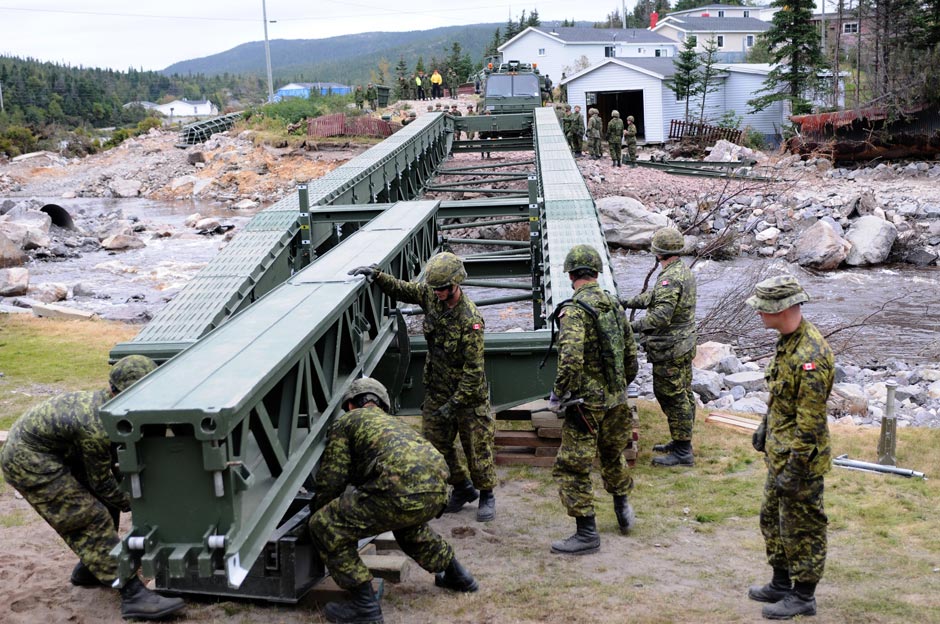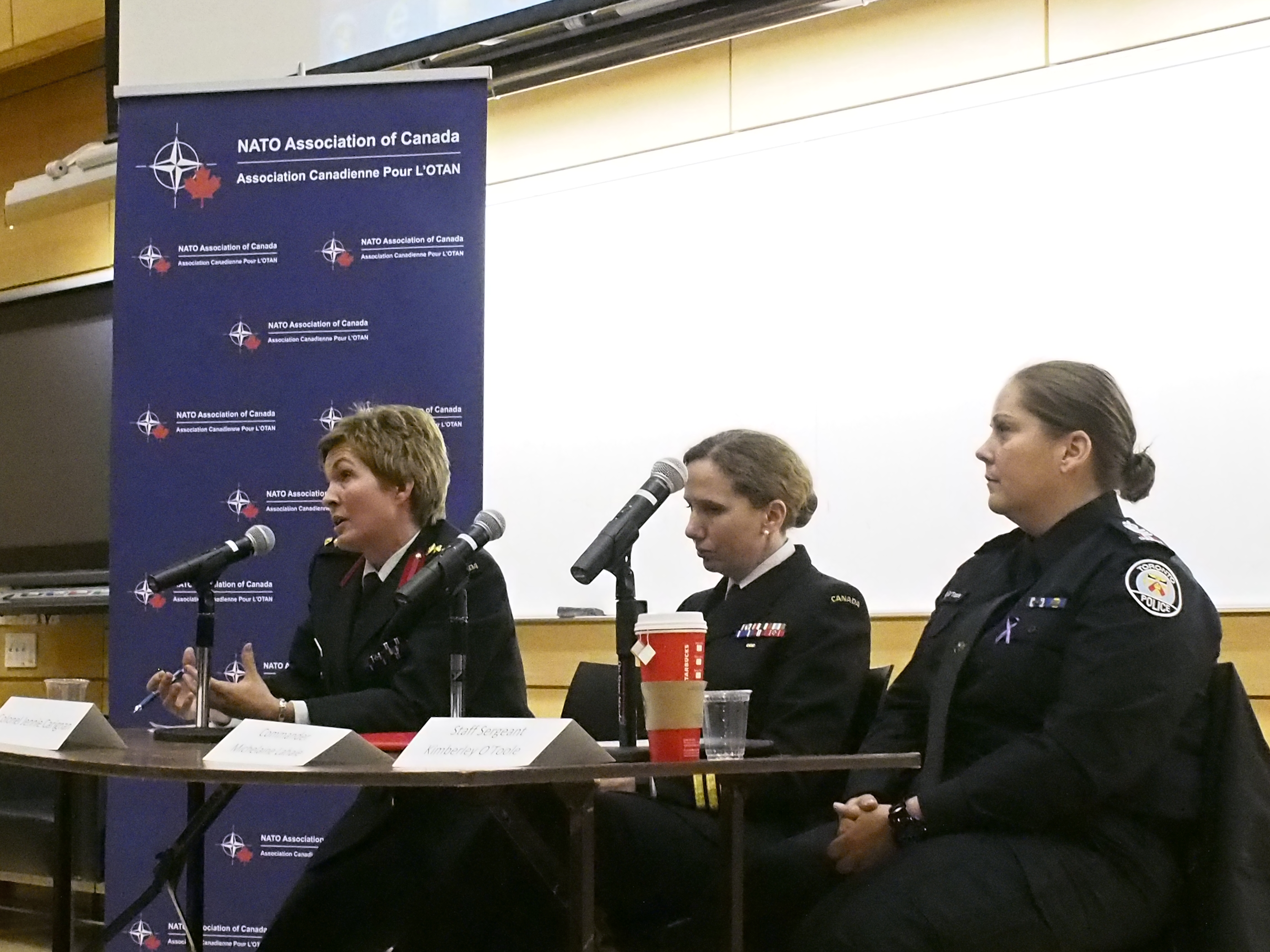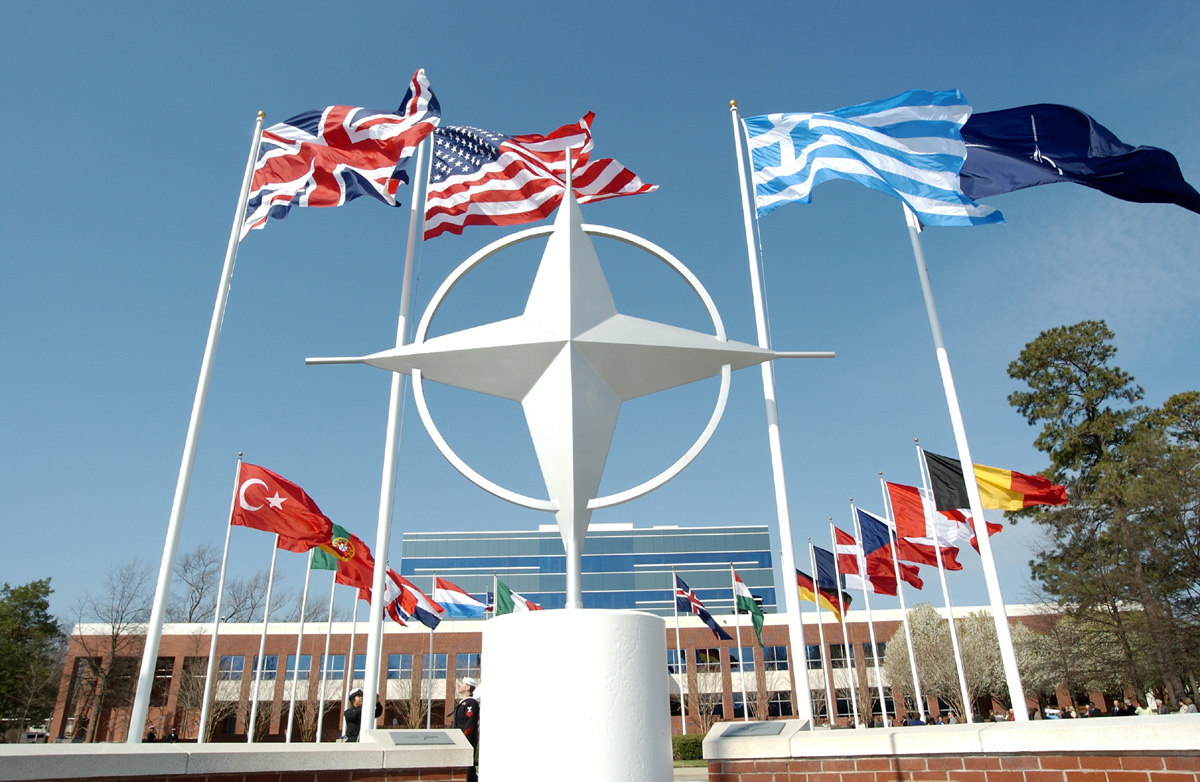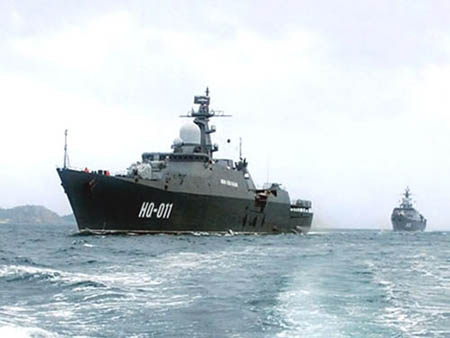
Canada’s reservists serve many important roles. In the domestic realm reservists are vital in strengthening civil-military ties, serving to supplement the civil power in times of emergency, and preparing to provide natural and anthropogenic (man-made) disaster relief. The Canadian Forces’ Disaster Assistance Response Team (DART) disaster relief mission is well known for its efforts worldwide, but the regular and reserve forces also train to provide vital disaster relief at home and abroad. The reserve forces’ part-time model makes them well suited for establishing units tasked with disaster relief as such personnel can be on standby at low readiness, awaiting activation in times of emergency. Given Canada’s vastness, rapid urban sprawl and the lethality and destructiveness of natural and anthropogenic disasters, Ottawa should ensure that relevant units do not experience severe budgets cuts in the current and future fiscal environment.
Canadians are not foreign to natural and anthropogenic disasters. The country’s often harsh climate has conditioned society to disasters of the natural variety. Even so, modern urban society is not ready to deal with serious natural or anthropogenic disasters. In 2012 the Algo Centre Mall in Elliot Lake, Ontario had its roof collapse, resulting in two deaths and injuring over twenty people. Canadians have also not forgotten the grim effects of the Lac-Mégantic derailment in Quebec. That disaster is believed to have resulted in forty-seven deaths and has severely traumatized the small community.
With respect to natural disasters floods are a frequent destructive occurrence in many parts of the country, with the Prairies hit particularly hard with great frequency. The country’s vast expanses are also susceptible to wildfires and hurricanes. Furthermore, severe snow (and ice) storms are also rather common. Much of Eastern Canada, including the heavily populated areas of Ontario and Quebec, experienced an extreme cold wave in 2013-2014 and hundreds of thousands had to endure such conditions without power. Worse still, just over a month ago the West Coast was struck by a 6.6-magnitude earthquake, one of many that occur throughout Canada every year.
While undeniably tragic for many, such disasters are comparatively small to what Canada has faced in the past and what it may face in the future. For example, while unlikely, the West Coast may have to deal with a serious earthquake and a potential tsunami. Furthermore, climatic fluctuations are likely to impact the country in terms of drought, wildfires, flooding and winter storms. An example of such an extreme occurrence is the North American Ice Storm of 1998, a disaster that resulted in twenty-eight deaths in Canada (and many more in the United States) and billions of dollars in damage. In response, over sixteen-thousand Canadian Forces personnel were deployed to Ontario and Quebec.
To prepare to respond to such disasters, Ottawa must provide funds for the training and equipping of regular and reserve personnel. While all personnel can contribute to disaster response operations, those best suited are medical and engineering personnel. As such, Ottawa must make sure that a sufficient number of reserve medical and engineering units are deployed countrywide, at least in locations where Royal Canadian Air Force aircraft, such as the C-130s and the CC-17s can provide airlift for rapid response to a disaster.
As this video of a 2012 reserve engineer exercise in British Columbia demonstrates, such training is costly and requires specialist equipment and transport. Without such equipment and associated training, however, more time and manpower will be required to engage in tasks such as building bridges, erecting flood defences, and clearing terrain of debris.
While airlift capability is likely sufficient for all but the most extreme of disasters, the distribution of equipment and engineering capability is something Ottawa should look at. For example, should a serious natural disaster occur in British Columbia, Ottawa’s response is moderated by available airlift capability and the availability of adequate landing strips or runways. The most extreme manifestation of such inhibitions would be in a situation where over-sized heavy equipment must be transported across the country. While Canada has a robust airlift capability, it only has four CC-17 heavy airlifters.
Moreover, such aircraft once loaded with heavy equipment cannot simply land at any airfield of their choosing due to weight and runway length constraints. The best preparation for such potential disasters is to have adequately equipped and trained personnel throughout the country capable of responding to local/regional disasters.
Fortunately, the reserve component’s engineering units have been restructured in recent years, resulting in the bolstering of the capabilities of individual units. That said, given the country’s size and the response requirements, the existing capabilities may be insufficient. For example, the Canadian Forces units are mostly clustered in Ontario and Quebec. Of particular concern is British Columbia. The Army’s presence there is almost exclusively composed of a small number of reserve units. Canada’s northern provinces and territories are in an even worse situation, especially given the minimal number of Canadian Forces personnel that are present there.
Canadian Forces’ reserve personnel fulfil many important missions. Perhaps the most important of these is in assisting regular personnel and federal, provincial/territorial and local emergency response personnel in response to natural and anthropogenic disasters. In order to do so, however, the Forces must receive adequate funding for the training and equipment required to successfully undertake such missions. Nevertheless, the current fiscal climate is going to impact the Forces for the foreseeable future. It would be a tragic mistake, however, to make cuts to the regular and reserve units and capabilities that can contribute to disaster response in Canada. In fact, Ottawa would be making a prudent decision in bolstering such capabilities, particularly in the reserves.




